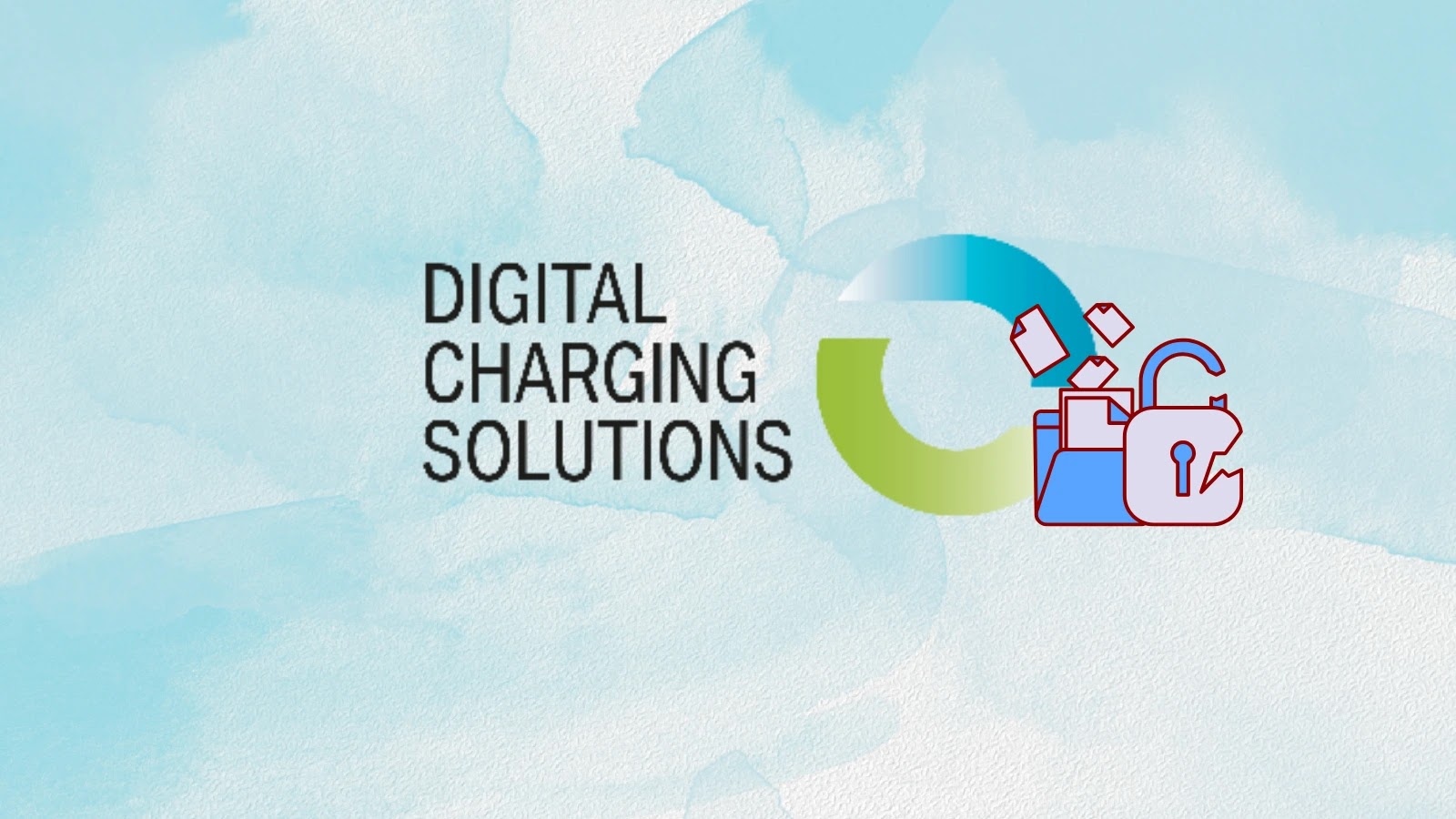In mid-September 2025, cybersecurity researchers identified a new malware campaign named MatrixPDF, which specifically targets Gmail users. This campaign employs meticulously crafted emails that successfully evade traditional spam and phishing filters, posing a significant threat to individuals and organizations alike.
Campaign Overview
The MatrixPDF campaign operates by sending emails that appear to be legitimate internal communications. These emails are designed with realistic headers and sender addresses that mimic trusted corporate domains, enhancing their credibility. Each email includes a PDF attachment titled MatrixDoc.pdf, which, upon initial inspection, seems harmless. However, this PDF is engineered with malformed objects and contains embedded JavaScript code that executes automatically when opened in compatible PDF viewers.
Technical Analysis
Upon opening the malicious PDF, the embedded JavaScript utilizes the `util.printf()` function to dynamically reconstruct and execute a PowerShell command. This command initiates a sequence of actions that lead to the extraction and execution of a secondary executable file disguised as a screensaver (`.scr`). The PowerShell script then connects to a cloud storage service to download additional modules, thereby establishing command-and-control communications with the attacker’s server.
Further investigation revealed that the secondary payload registers a persistence mechanism by creating a hidden scheduled task named MatrixUpdater. This task is configured to run every hour, allowing the malware to update itself or receive new instructions without user intervention. To evade detection, the malware employs intermittent network connections and randomizes task names with each infection.
Infection Mechanism
The infection process begins with the PDF’s JavaScript exploiting the `exportDataObject` API to extract and launch the malicious `.scr` file. The script reconstructs a Base64-encoded PowerShell command by piecing together multiple string fragments, a technique that obfuscates the malicious intent and complicates detection by signature-based defenses. Once decoded, the command executes a PowerShell script that retrieves and runs additional payloads from a remote server. The script also uses Windows Management Instrumentation (WMI) services to check for existing infections, preventing duplicate installations.
Implications and Recommendations
The MatrixPDF campaign underscores the evolving sophistication of phishing attacks and the importance of vigilance in email security. To mitigate the risk of such attacks, users and organizations are advised to:
– Exercise Caution with Email Attachments: Be wary of unexpected emails containing attachments, even if they appear to come from trusted sources.
– Disable JavaScript in PDF Viewers: Configure PDF readers to disable JavaScript execution, reducing the risk of automated malicious actions.
– Implement Advanced Email Filtering: Utilize email security solutions that can detect and block emails with embedded scripts or malformed objects.
– Regularly Update Security Software: Ensure that all security software, including antivirus and anti-malware programs, are up to date to detect and prevent the latest threats.
– Educate Users: Conduct regular training sessions to inform users about the latest phishing techniques and the importance of scrutinizing email attachments.
By adopting these measures, individuals and organizations can enhance their defenses against sophisticated malware campaigns like MatrixPDF and protect sensitive information from unauthorized access.



